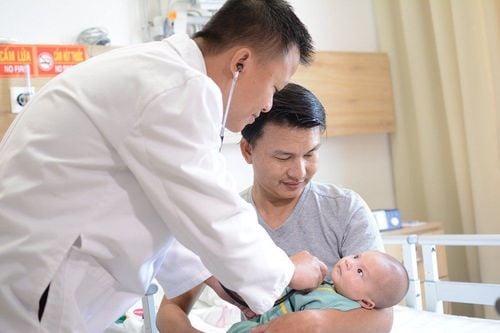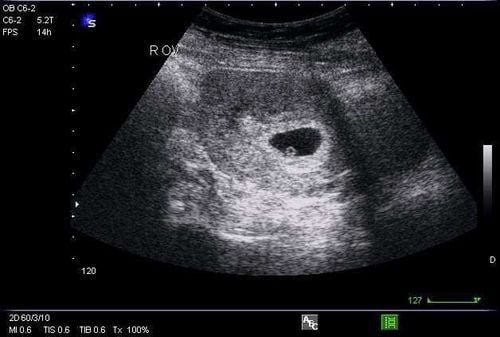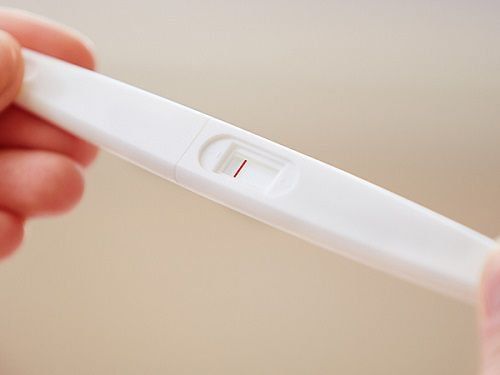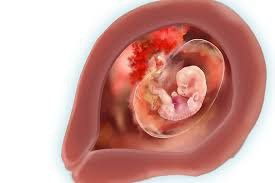This is an automatically translated article.
The process of conception is counted from when the sperm fuses with the egg to form a zygote. Until the fetus is formed and implanted in the uterus. About 3-4 days after fertilization, the egg is fertilized. That is, the zygote begins to gradually move into the uterus to find a place to nest and divide 3 times along the way. After the egg meets the sperm to form a zygote and move out to implant in the uterus, life begins with changes from the initial few cells that form a complete body. So at what week does the embryo appear? How does an embryo develop?
The fetus in the womb after forming will begin to move to a new position. It first settles on the mucous membrane of the uterus, and then the placenta is formed. The placenta is the organ that connects the developing spores to the wall of the uterus. The main function of the placenta is to provide nutrients to the fetus, support the elimination of waste and exchange air through the blood with the mother's body. An embryonic disc is formed in the center of the embryo. The fetus in the womb is now 14 days old, about the size of a pinhead. The plate thickens. It sits between two fluid sacs and is ready to begin building the organs and body systems that form the complete fetus.
The nervous system precedes, a deep groove forms along the spine. It folds inward to look like a long tube. This is the later spinal cord. These two parts that look like two big balls will develop into two hemispheres of the brain. The embryo begins to curve inward. The heart and blood vessels begin to form the basis of the vascular system.
As it develops, the fetus in the womb goes through all stages of evolution. First, the embryo looked like a small seahorse, then evolved to look more like a reptile. It will take several weeks before the embryo is fully developed to take the form of a human. So in just 20 days, a 1-month-old fetus has grown from a single cell into a sophisticated system of perfectly synchronized cells. And from that sophisticated system to the ultimate level, a small being was born.
The embryonic stage ends after 10 weeks of gestation (8 weeks after conception). The head-butt length (CRL) is now 4mm. The fetal stage is characterized by the development and maturation of structures formed during the embryonic stage.













